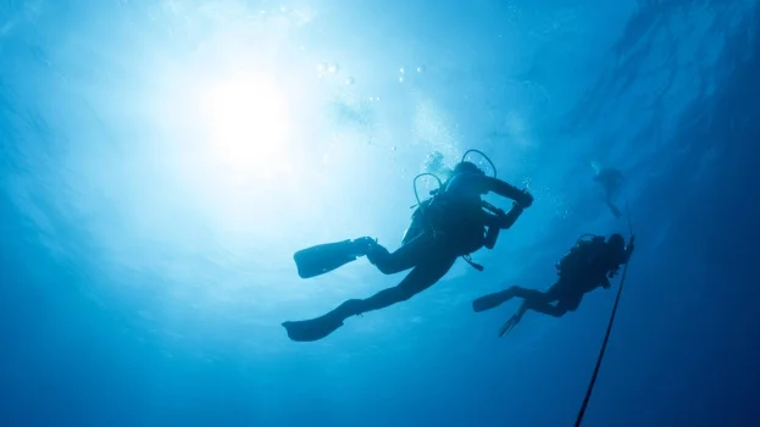The Granada cliff where you can take photos hanging over the Mediterranean

In any given order of priorities, first things first, so it must be said right away: the maritime border between the provinces of Granada and Málaga is breathtakingly beautiful. The stretch of coastline between Almuñécar, Granada, and Nerja , Malaga, is a succession of cliffs rising above sometimes tiny coves with crystal-clear waters. It's a landscape worthy not just of a postcard, but of a vast collection of postcards. You have to see it to believe it.
Although at this point it can't be considered a hidden gem, as it's very popular especially during the summer months, it's a natural area with official protection , which prohibits construction. So, it's likely you'll run into people everywhere, but at least visitors can be sure there aren't any buildings here and there to mar the skyline.
Cerro Gordo is simply the abrupt end of the Tejada, Almijara, and Alhama mountain ranges, which are cut into almost vertical cliffs that can reach up to 250 meters in height. From the top, the view is memorable. Far below are the beaches, so inviting that the logical thing to do is descend to them. It's not always easy: Cala del Pino, one of the most beautiful coves, is accessed directly by descending a ravine. It's not an overly dangerous path, although it's not suitable for everyone. And there's one more thing to keep in mind: you have to climb up afterwards, so it's best to save your energy.
To reach other beaches in this impressive setting, such as Cantarriján , there is a road, although it is not permitted in summer to avoid traffic jams in a vulnerable area. The only way is to take a shuttle bus that runs from above, next to the road.
Although it's difficult to single out any particular area for its splendor, because everything there is, perhaps the most beautiful thing about Cerro Gordo is what's hidden from view. Beyond Maro , heading towards Granada, there are coves that are inaccessible except from the sea. There are caves, such as the Lobo cave, and a freshwater waterfall that have remained almost untouched until now, although it's possible to see both by taking a ride in small, non-motorized boats. There are already companies that organize kayak tours.
 The seabed is very rich and diving is another of the attractions of the place.
abc
The seabed is very rich and diving is another of the attractions of the place.
abc
This article is not ordered; it doesn't go from East to West or vice versa, but it is deliberate because it's not about providing a tour but rather extolling the whole . Whether you start the route past La Herradura, in Granada, or in Maro, also famous for being home to the Nerja Caves, the result is well worth it. The only valid recommendation is to enjoy its many advantages.
And not spoiling anything , that would be the second. A place where the noise of cars is replaced by the sound of the sea must be not only praised, but also preserved. Going to those small coves with loud music spoils the atmosphere, ruins the charm, and almost commits a crime. Respect for what has always been there is fundamental. Otherwise, the treasure will cease to exist.
As mentioned, Cerro Gordo is a protected natural area, and there are only a few chalets scattered throughout, probably dating back to before it was granted this legal protection. Therefore, there are no hotels or apartments to stay in either. However, there are plenty of them at both extremes: La Herradura and Almuñécar, in Granada, and especially Nerja. Tourism there was already there before Verano Azul , but after its success, it multiplied.
By the way: some sequences of that series were filmed in Cerro Gordo. And even in Motril , although that's not really relevant now. Without going any further, that moment when Pancho , crying inconsolably, tells the rest of the gang that Chanquete has died, was filmed on Maro's main beach. For that reason, because it's extraordinarily beautiful and because it's the beginning of a route to inaccessible coves, it became so crowded that now car access is also prohibited. The shuttle bus service has wisely been extended there.
ABC.es




